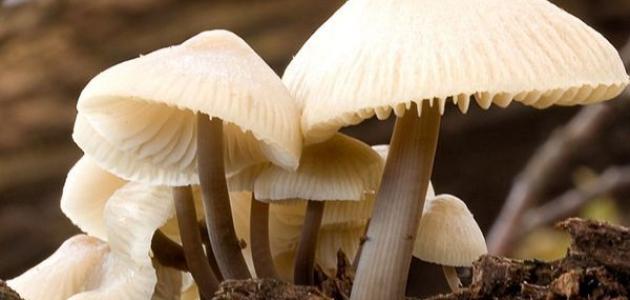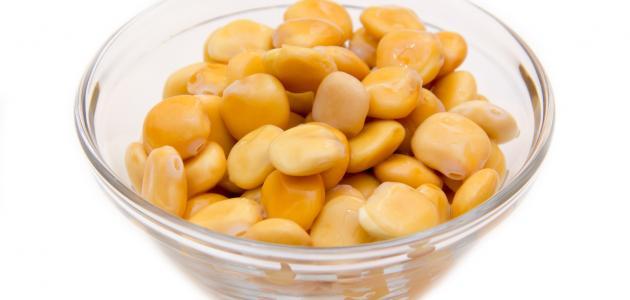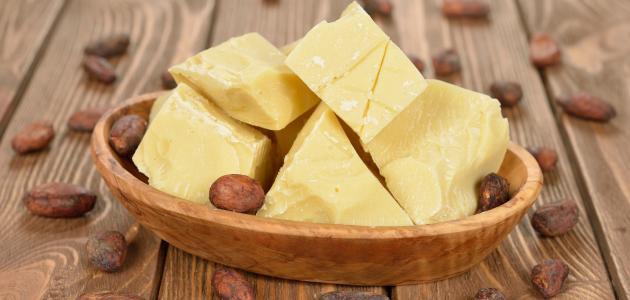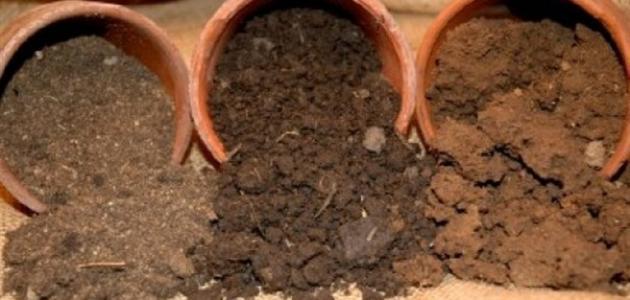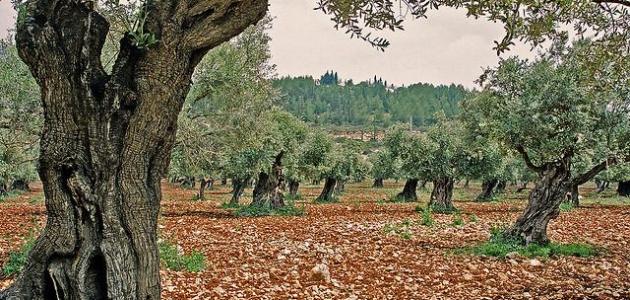fungi
Fungi (in English: fungi) are eukaryotic organisms, classified within their own kingdom known as the kingdom of fungi, and their cell wall includes chitin, which is a polymer similar in structure to the structure of glucose derived from it, and fungi do not contain chlorophyll. like plants; Therefore, they are unable to make their own food, and they obtain nutrients from absorption like animals.
Some fungi may be unicellular; Such as yeast and mold, and on the other hand, others may be multicellular organisms. Such as mushrooms, which contain fruiting bodies that produce spores for reproduction.
Information about fungi
Installation
Fungi consist of feathery threads called hyphae, which gather together to produce mycelium. The squishy texture of mushrooms can be observed when cut; Because it consists of a mass of fungal hyphae closely packed together.
Importance
Fungi are found everywhere in large quantities; They are found in the soil, in the air, rivers, lakes, and seas, on and inside plants and animals, in food, clothing, and in the human body. They are responsible, along with bacteria, for breaking down organic materials and releasing oxygen, carbon, nitrogen, and phosphorus to the soil and atmosphere.
Fungi are essential to many household chores and industrial processes; Such as the processes of manufacturing bread, wine, beer, and some types of cheese. Some types of them are also used as food, such as: mushrooms (mushrooms), and truffles. Mycoproteins (in English: mycoproteins) extracted from the mycelium of some species are used in making high-protein food.
Read also:What is the importance of energyFungi are also used in the manufacture of many organic acids, enzymes, and vitamins. The antibiotic known as penicillin is used to kill bacteria. It is extracted from Penicillium notatum mold, which was discovered by a British doctor in 1929 AD, and he wrote an article about it that was the beginning of a series. One of the events that led to the development of many antibiotics that saved the lives of many individuals. The antibiotic known as cyclosporin, which is an important immunosuppressant used after organ transplant operations, is also extracted from fungi.
Fungi also play a major role in the cycling of nutrients in the environment. They are major decomposers of dead organic matter. Without them, the nutrients in leaves, dead trees, and other organic matter would not be available for use by other plants. For example, nitrogen is a major component that is released when fungi break down organic matter.
Fungal diseases
There are many diseases caused by fungi, including: athlete's foot, eye infections, histoplasmosis, and valley fever.
reproduction
Different types of fungi can reproduce sexually or asexually, and both processes produce spores, which are special cells that release them into the appropriate environment to cause the growth of a new fungal body, and they can be transmitted through water or air, according to Utah State University.
Read also:Essay topic on desert reconstructionAsexual reproduction occurs through mitosis; The fungal cell divides and produces genetic copies identical to itself. In simple, single-celled fungi such as yeast, this process is known as the budding process. In this case, a small branch or bud emerges from the mother cell, and it slowly grows in size, and the nucleus is divided into two parts. The bud separates when its size becomes equal to the size of the mother cell. Multicellular fungi such as mold reproduce by forming asexual spores.
As for sexual division, fungi produce spores during meiosis. As a result, these spores contain half the number of chromosomes of the mother cell, and when they are released, they grow into tree-like mycelium, which is ready for pairing.
nutrition
Fungi cannot carry out the process of photosynthesis, so they need to absorb nutrients from various organic materials around them, which makes them heterotrophs, according to Tom Fok, professor of botany at the University of Wisconsin-La Crosse, and they are similar to animals in that. However, animals digest food inside their bodies, while the situation is different in fungi. As it digests food outside the body, by immersing it in special enzymes known as exoenzymes, exoenzymes are the main reason that enables fungi to survive in different environments, and they also help break down large food particles into small particles. Smaller, they are brought to the hyphae.
Read also:How to make raisinsFungi depend on multiple sources of food; Where fungi that feed on dead organisms and help in decomposition are called saprophytes, but if the fungus lives on a living host to obtain its sustenance without harming it, it is called symbiont fungi, and represents fungi and algae. Both are an example of symbiotic relationships, and if the fungus feeds on the living host while harming it, it is considered a parasite.
Toxic fungi
Some fungi are poisonous, some are even very toxic, and can cause immediate death to animals and humans. Deadly fungi often contain a substance known as amatoxins, which inhibit the work of RNA polymerase II, which is an essential enzyme involved in In the production of messenger RNA, which plays an important role in copying DNA and building proteins, without which cell metabolism stops and decomposes.
